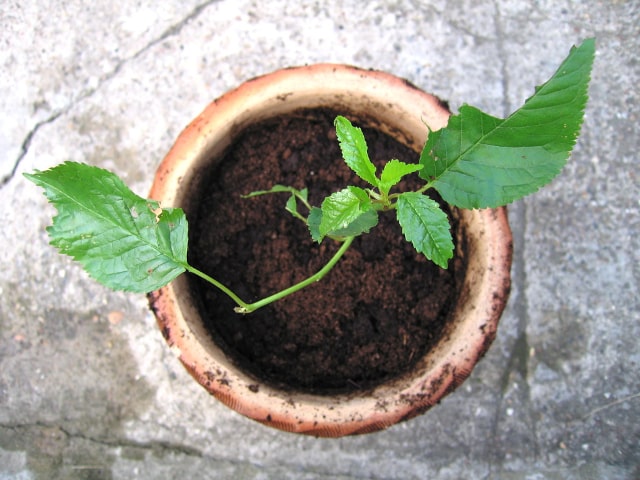
Cherries are many people's favorite fruit, and cherry trees are rightfully popular among gardeners. Cherry trees can provide a lot to your garden, from flowery scent of blossoms in the spring, to beautiful trees for your garden, and, of course, delicious fruits in the late spring and early summer.
Additionally, if you only wish to grow cherry trees for the aesthetics, there are many varieties of ornamental cherry trees to choose from. These, along with fruit-bearing trees, can make a great addition to any garden.
While most people choose to get their cherry trees from a nursery, keep in mind that it is possible to start your own trees right from cherry seeds. This is a long-term process, but it is very rewarding. In fact, plating cherry seeds can be a fun project for the whole family. Also, this is a much cheaper option than purchasing a cherry tree from a nursery.
The good news is that planting cherry seeds and growing your own tree is surprisingly easy. You just need to follow a few care requirements to make your new plant happy so it can grow into a strong tree that will bear fruit in the future.
Planting Cherry Seeds: Preparation
The first thing you need are good cherry seeds. Luckily, these are very affordable, since they are located in every cherry you consume. Before you start, it will be beneficial to figure out what kind of a cherry tree you wish to grow, because this will determine your choice of seeds.
It is best to get fresh local cherries harvested in the area. This will ensure that your cherry tree is suitable for your climate zone. In general, cherry trees can thrive in the USDA plant hardiness zones 5 through 9, but different cherry varieties may have different requirements.
When choosing cherries, make sur that they are fresh. Those from a supermarket will not do, because they might have been refrigerated, which might have affected the viability of the seeds.
The next step is to eat the cherries. Make sure to save some seeds. In order to prepare the seeds for planting, you will need to remove any traces of the meat from the seed. Place the seeds in a bowl filled with warm water for a few minutes. This will help softening any remaining bits of the fruit. Gently clean the seeds to remove any leftover pulp that might be still stuck on them.
The next step is to let the seeds dry for about 4 to 5 days. You can simply place them on a paper towel and keep them in a sunny windowsill or another warm area. After 4 to 5 days, place them in a container with a tight lid, such as a jar or a plastic food container. Put them in the refrigerator for 10 weeks. This is a necessary step in order to make the seeds germinate. It is known as stratification, and it mimics the cold period of winder when the seeds on a tree are dormant before the arrival of spring.
After 10 weeks, take the seeds out of the fried and let them adjust to the room temperature for a few hours. Once this is done, you can proceed with planting of the seeds.
Planting Cherry Seeds: The Process
The process of planting cherry seeds is surprisingly easy. You can simply plant the seeds in small containers that you have previously filled with potting soil. It is best to plant 2 or 3 seeds in each of the container. Place the containers on a sunny spot and water them regularly. You need to make sure that the soil remains moist but never wet.
The seeds will germinate, and you will see the new seedlings emerging. Once they are about 2 inches tall, you can choose to keep only the strongest and the tallest of them all. Keep the seedlings in a sunny spot, such as a window. You should not place them outdoors at this point; make sure that the seedlings stay inside until the next spring. Only take them outside when the danger of frost has passed in the following spring.
This is when you will plant your new cherry plants in the garden. They should be at least a few inches tall by then. You should plant each individual seedling about 20 feet apart. Make sure to protect the seedlings with sticks or poles so they are not damaged when people walk by.
You may wish to skip stratification (exposing seeds to cold temperatures) indoors by planting cherry seeds directly into your garden in the fall. This would allow the seeds to go through the natural cold period in the winter. This method is also efficient, although you may not end up as many seedlings as the first method. Because of this, it is advisable to plant more than you actually want to have in your garden. It is also beneficial to add some mulch around them in a light layer. This will help retain moisture in the soil.
In any case, you should transplant the seedlings to their permanent spot when they are about 10 to 12 inches in height.
Growing Cherry Trees
Cherries come in many different varieties, from sweet to sour, or red to black. Different varieties have slightly different care requirements, so consider your climate when choosing the best variety to grow.
If you live in a bit colder climate, in the USDA hardiness zones 4 through 6, the best choice are sour cherries (Prunus cerasus). These can grow up to 20 feet in height, so they are more compact than the other varieties. Sweet cherries (Prunus avium) are good for warmer climate. They can survive in the USDA hardiness zones 5 through 7, or 8 and 9 in the Pacific Northwest.
In general, all cherry trees need about 8 hours of sun per day to thrive and produce fruit. They will be able to grow even with a bit less sun, but they will probably not give fruit. Consider this if your garden does not have enough sunlight that the plant needs to bear fruit.
Most cherry trees do well in a soil that is well-drained. This is important, because your tree should not sit in water. If your garden soil does not drain well, consider amelioration to improve its drainage properties.
When it comes to pH values, cherry tree enjoy neutral soil. The good news is that you will not need to test your soil for any toxic materials, because any potential harmful matter will not get into the fruit. This might be problem for some other fruit-bearing trees, but not for those in the Prunus genus, such as cherries, plums, peaches and nectarines.
You can expect your new cherry trees to start bearing fruit within 6 to 7 years.
Photo credit: Simon Clayson
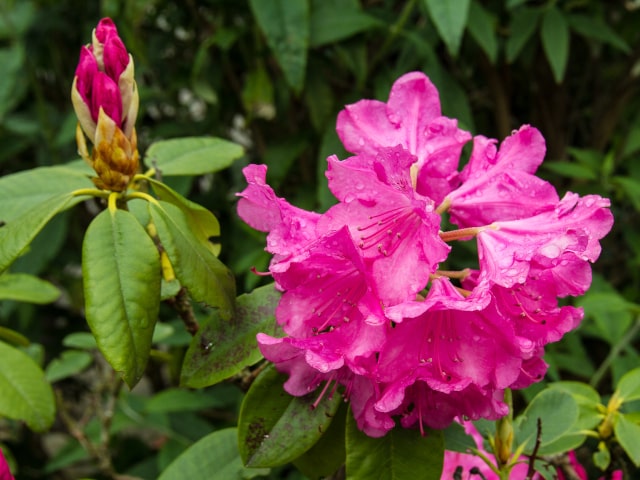
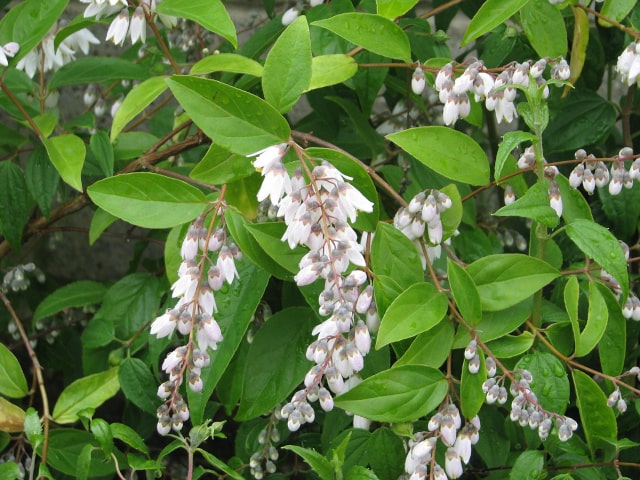
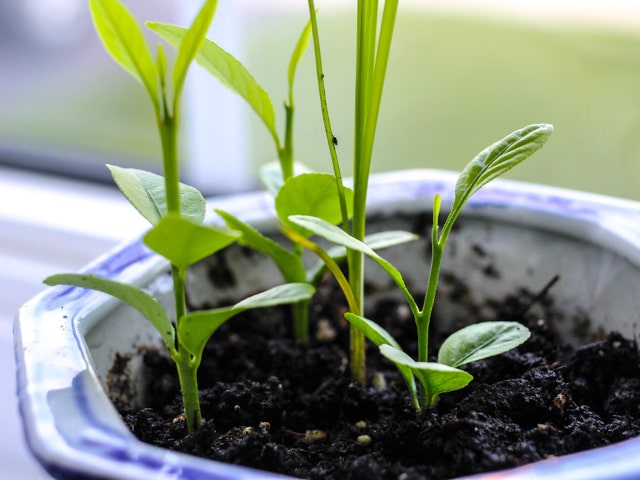
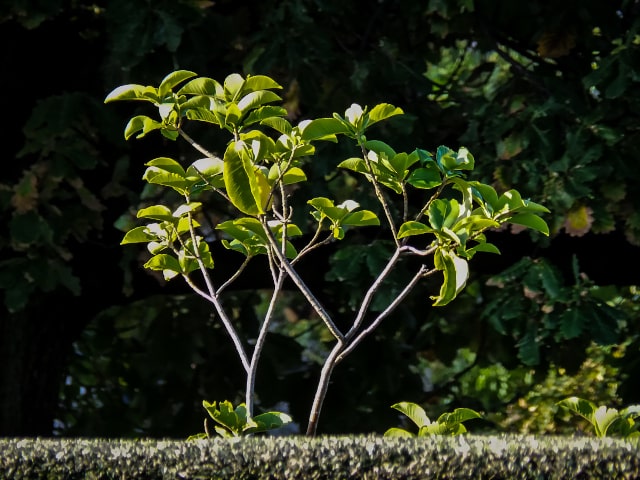
0 Comments